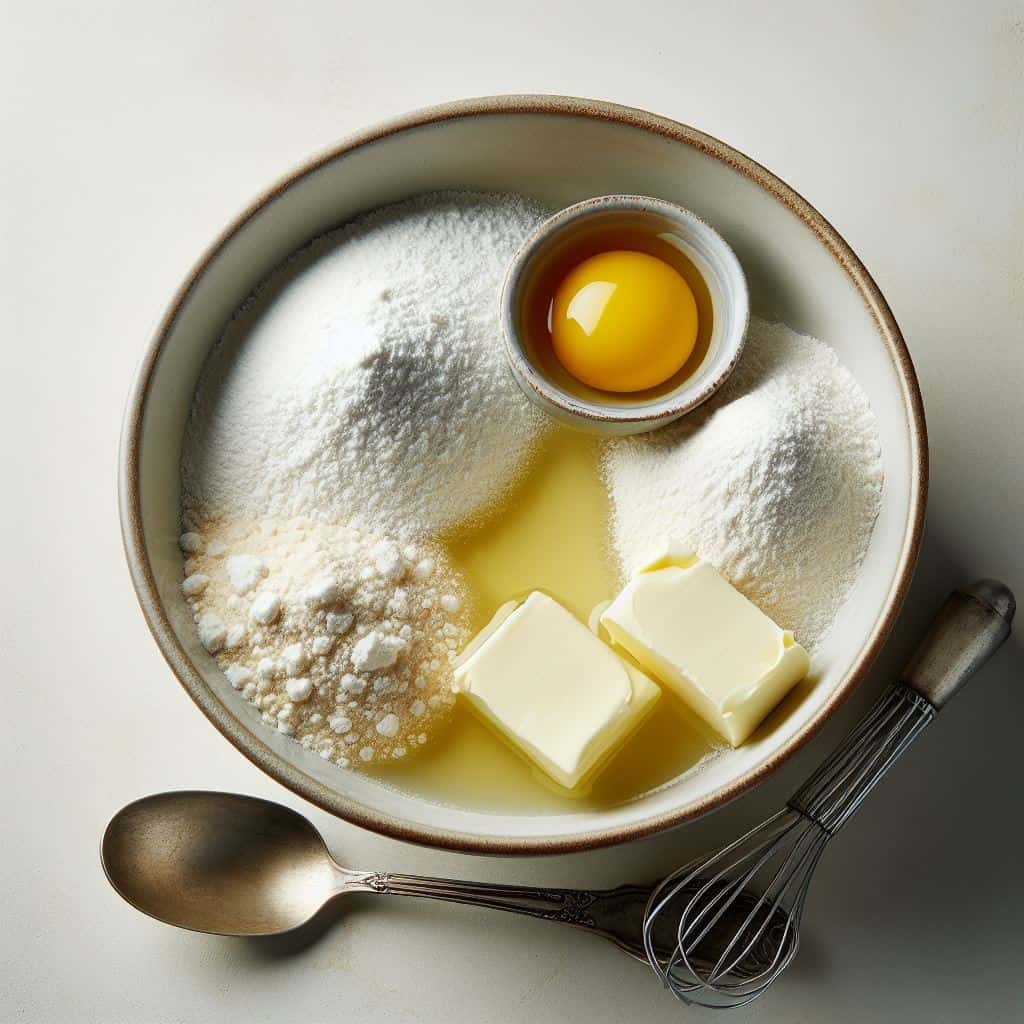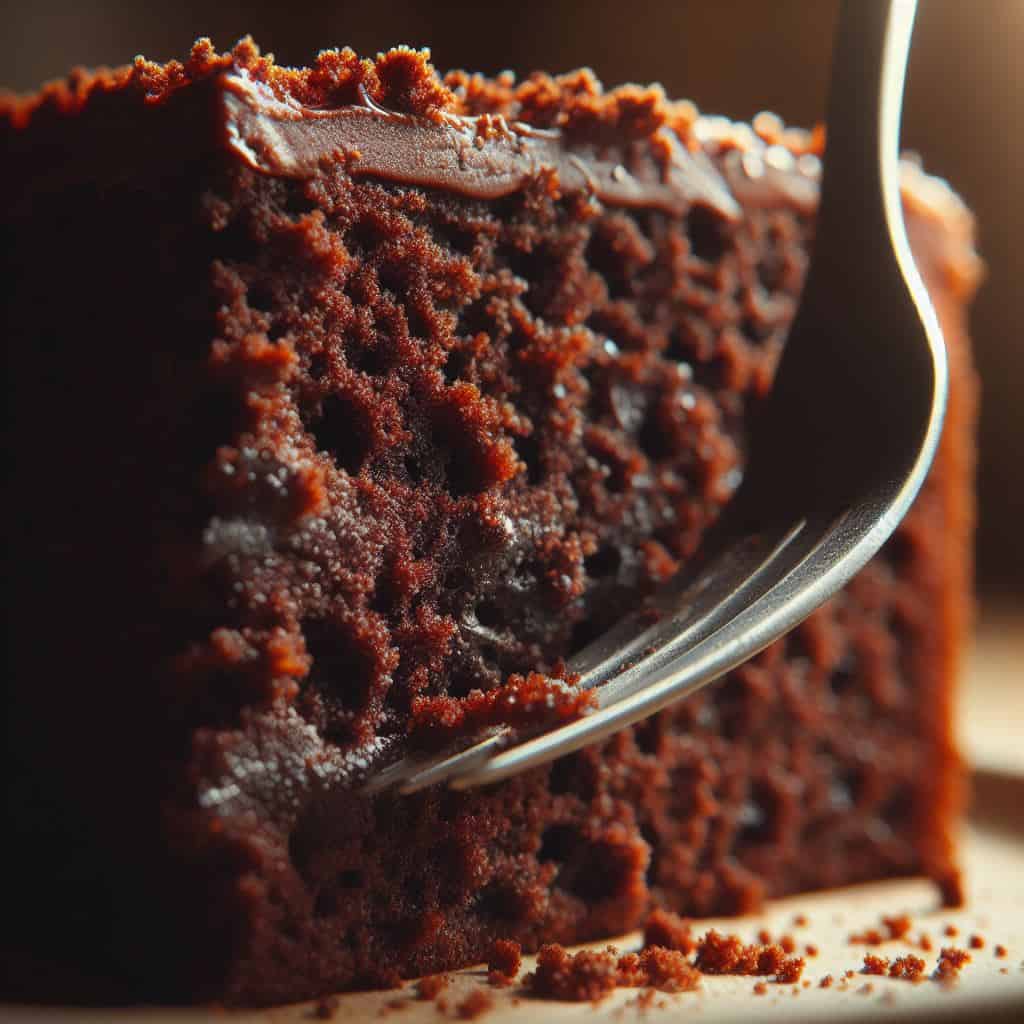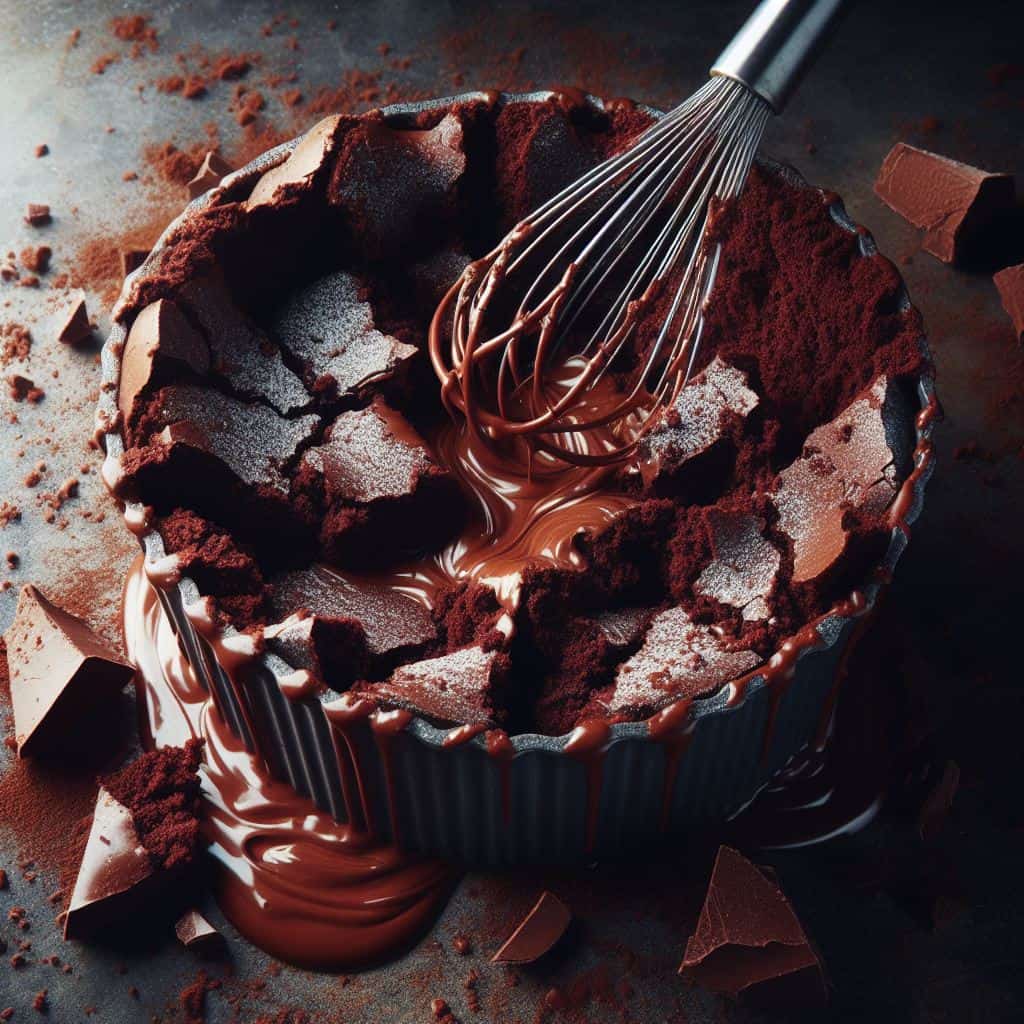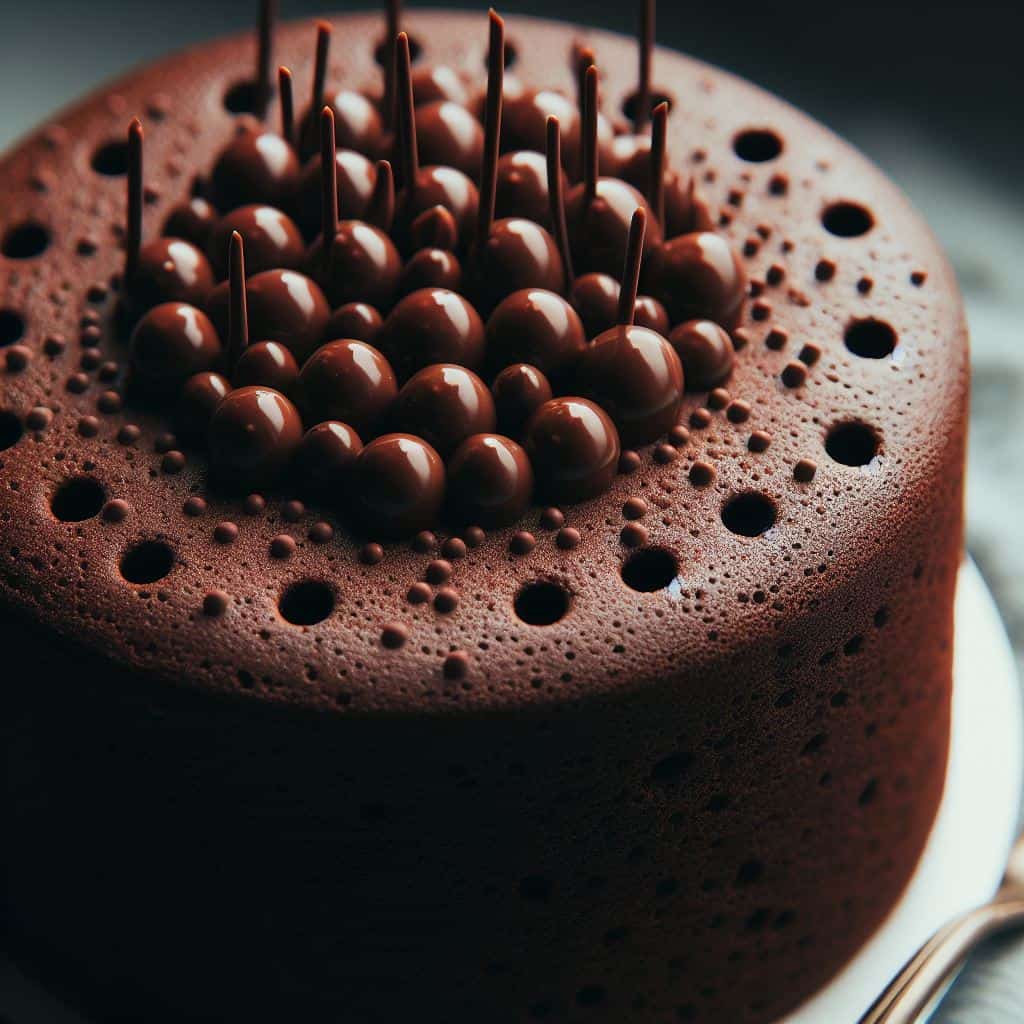- What is soil structure?Soon
- Much Much More...Soon
What is soil texture?
The proportion of sand, silt and clay in the mineral part of the soil. It’s the ratio, like 40% sand, 40% silt and 20% clay.
What is the difference between soil texture and soil structure?

Soil texture and cake ingredients
I understand that this can be pretty confusing and I struggled when I was first learning this stuff, so let me try to simplify as best I can, baking analogies.
Picture a chocolate sponge cake. A sponge cake has flower, sugar, water and butter all mixed together and if we were to look at the sponge under a microscope I'm sure we could see each component. The mix of all the ingredients (sand, silt and clay) is what we call soil texture.

Soil structure and cake sponge
Now if we zoom out a little we see the sponge has big and small pores, maybe even cracks and dense sections (I'm not a very good baker). This is what we call the soil structure. Soil texture is the mixed ingredients and soil structure is the larger sponge that has formed.
We can also think about how using a different ratio of ingredients when baking will result in a different sponge. A ratio with more flower will make the sponge drier but more airy and spongey.
The same can be said for soil. A different soil texture (ratio of sand, silt and clay) will lead to a different soil structure and hence different benefits and problems.
What is sand, silt and clay?
Sand, silt and clay are just different sized rocks, sand being the biggest, and clay the smallest. The different particle sizes affect how the soil behaves with essential things like water, nutrients, temperature regulation and erosion.
Sand
Sand is the largest particle size and is the most free draining and aerated. It is also the least fertile and holds the least amount of water.
Silt
Silt is the middle particle size, is the most fertile and holds more water than sand. It is easy to till but suffers from compaction and erosion.
Clay
Clay is the smallest particle size, is the least free draining and aerated. It has the most nutrients and holds the most water. It is also the most prone to compaction and erosion.
Of all the minerals, clay has the greatest affect on soil characteristics. A small amount of clay can have a large affect on the soil. That is why the ideal ratio of sand, silt and clay is 40:40:20.
What is loam?
Loam is a word gardeners came up with to describe the ideal soil texture for plants - roughly 40%-40%-20%, sand-silt-clay. Everyone's soil texture is a different ratio of these three and they use phrases like "sandy loam" or "clay loam" to describe their soil texture.
For example sandy loam is a soil texture that is close to the ratio of loam but has a little more sand than 40% (say 50% sand, 40% silt and 10% clay).
How do I find out my soil texture?
There are a couple techniques you can use to determine your soil texture. Here is a good video that explains these techniques.
Why can't I change my soil texture?
You can't change soil texture through management, but you can change soil structure. To illustrate this lets get back to the cake analogy.

Trying to change ingredients after you baked the cake
We have our chocolate sponge cake, it looks ready to eat but I want to change the ratio of flower, sugar, water and butter to improve the texture. So I try to add more sugar. Imagine trying to stir extra sugar into a baked cake. First of all you would destroy the cake and secondly how would you mix it through evenly?
This is the problem we have with improving soil texture. If you have clay soil and want to lighten it. How do you add enough sand, mix it through evenly and not destroy the soil in the process?
If you want to change the texture of a cake you bake another. If you want to change the texture of soil you excavate it all and import new soil.

Changing the soil structure
We have our chocolate cake but it is a bit boring and want to add some more flavour. We could do many things. We could poke holes in the top to create space to pour in chocolate sauce. We could slice the sponge in half and add a layer of butter cream between the two slices.
Notice we have not changed the raw ingredients like we were aiming to do with soil texture. But instead are changing the larger structure.
So, if I can't change my soil texture, what can I do? You can change how you work with your soil.
How do I work with my soil texture?
So you have a certain soil texture and want to know the basic characteristics, what you should and shouldn’t do. Here is a general summary of what you should do for each soil texture. I would refer back to this when you are costructing a soil management plan.
Sand / Loamy sand
- Easily worked
- Forgiving to work when wet
- Doesn't hold nutrients well
- Doesn't hold water well
- Will need irrigation
- Best to add frequent small amounts of nutrients
Sandy loam
- Drives and warms quickly in spring
- Holds water and nutrient a bit better
- Soil can compact if tilled when moist
- Supplemental water for those grown mid-summer
- Add organic matter to increase water holding capacity
Loam
- Holds the most amount of plant available moisture
- Becomes extremely hard when compacted
- Cannot heal itself like clay when it shrinks and dries
Silt / Silt loam
- Soil granules break down easily after rainfall
- Seal at soil surface limits water absorption
- Minimise amount of cultivation (don’t need much)
- Regular addition of organic matter
Clay loam
- Sticky when wet
- Very fertile, high nutrients
- Large amount of available moisture
- Stable soil structure
- Don’t cultivate when wet otherwise it will form clods and be hard to work with
- Slow to warm In spring
Silt clay loam / silty clay
- Always! Wait for them to dry before working
- High native fertility, and potassium
- Patience
- Grow hay crops on them periodically
- Clover and grasses (timothy and tall fescue)
Clay
- High nutrients and PH buffer
- Remains wet and cold after spring and slow to drain after rain
- Smears shut the pores at the bottom of tillage depth
- Might look dry at top but wet underneath
- Water cant drain and roots cant penetrate
- Patience is key to managing soil
- Before working dig the depth you intend to till and squeeze the soil to see if I like modelling clay or crumbles
- Clay soil may benefit from tillage in the summer as it expands and contracts
- Forming raised beds very beneficial